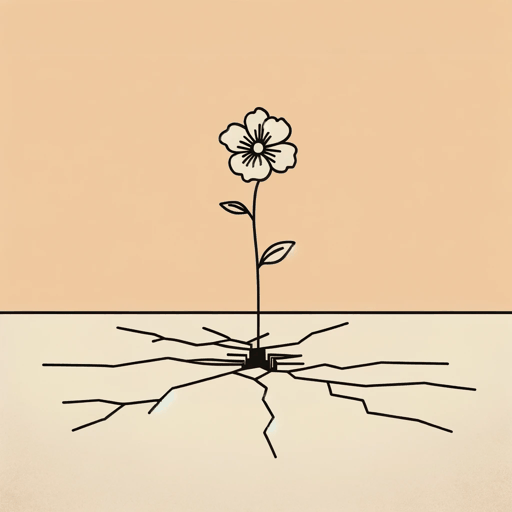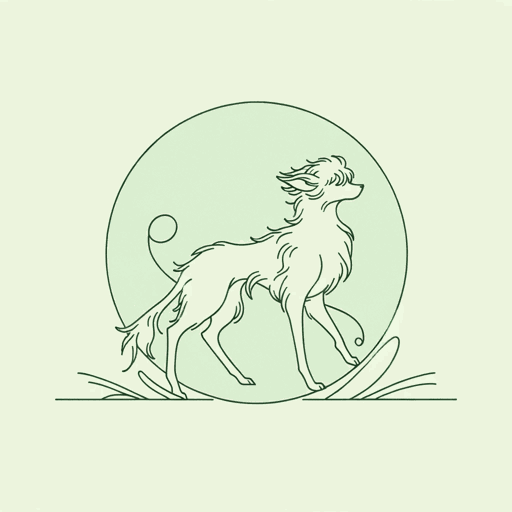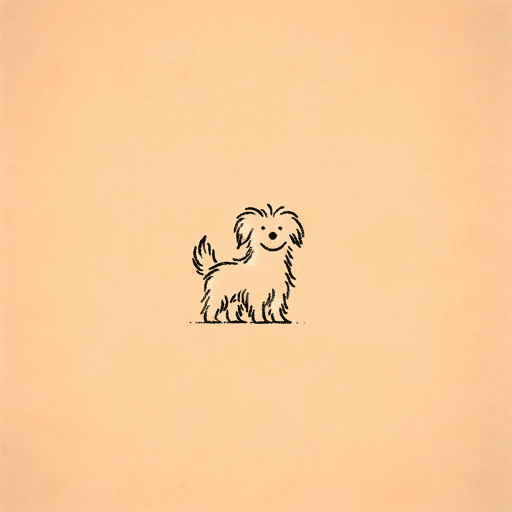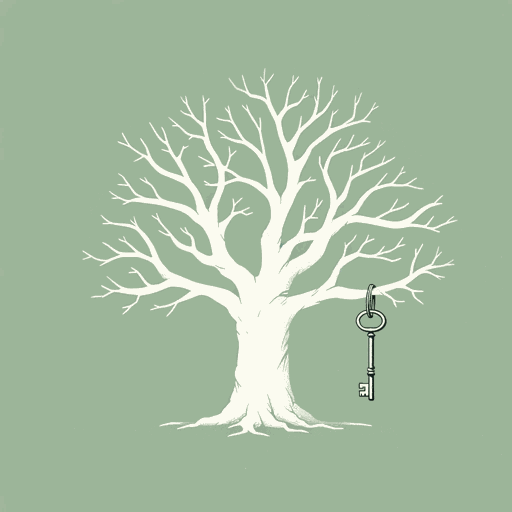45 pages • 1 hour read
Katherine ApplegateWishtree
Fiction | Novel | Middle Grade | Published in 2017A modern alternative to SparkNotes and CliffsNotes, SuperSummary offers high-quality Study Guides with detailed chapter summaries and analysis of major themes, characters, and more.
Important Quotes
“It’s hard to talk to trees. We’re not big on chitchat. That’s not to say we can’t do amazing things, things you’ll probably never do. Cradle downy owlets. Steady flimsy tree forts. Photosynthesize.”
(Chapter 1, Page 1)
“Of course, there are exceptions to the name rule. Somewhere in Los Angeles there’s a palm tree who insists on being called Karma, but you know how Californians can be.”
(Chapter 2, Page 7)
In these humorous lines, Red shows that they are wise to the foibles and culture of humans. In their 216 years on earth, Red can therefore comfortably make jokes such as this one. These jokes ingratiate the reader to Red, and also challenges the wisdom of humans as they playfully portray a tree trying on human vanity for size.
“Wishtrees have a long and honorable history, going back centuries. There are many in Ireland, where they are usually hawthorns or the occasional ash tree. But you can find wishtrees all over the world.”
(Chapter 3, Page 11)
Red gives some background into their role and identity in the neighborhood. They simultaneously ground the wishtree in Irish tradition, while also nodding to the wishtree as a universal, widespread idea. This is important to the thematic development of the tale, as one of the narrative’s messages is that while human beings should celebrate and embrace the differences that exist amongst them and their own unique cultural identities, they ultimately have more in common with each other than they have differences.
Related Titles
By Katherine Applegate

Crenshaw
Katherine Applegate

Home of the Brave
Katherine Applegate

Odder
Katherine Applegate

The Last: Endling #1
Katherine Applegate

The One and Only Bob
Katherine Applegate

The One And Only Ivan
Katherine Applegate

The One and Only Ruby
Katherine Applegate

Willodeen
Katherine Applegate

